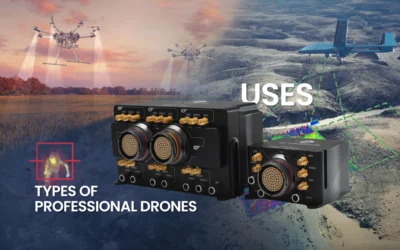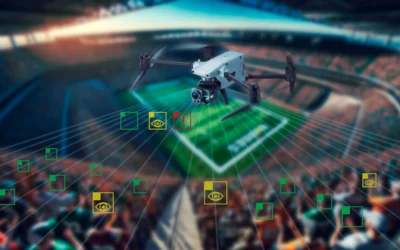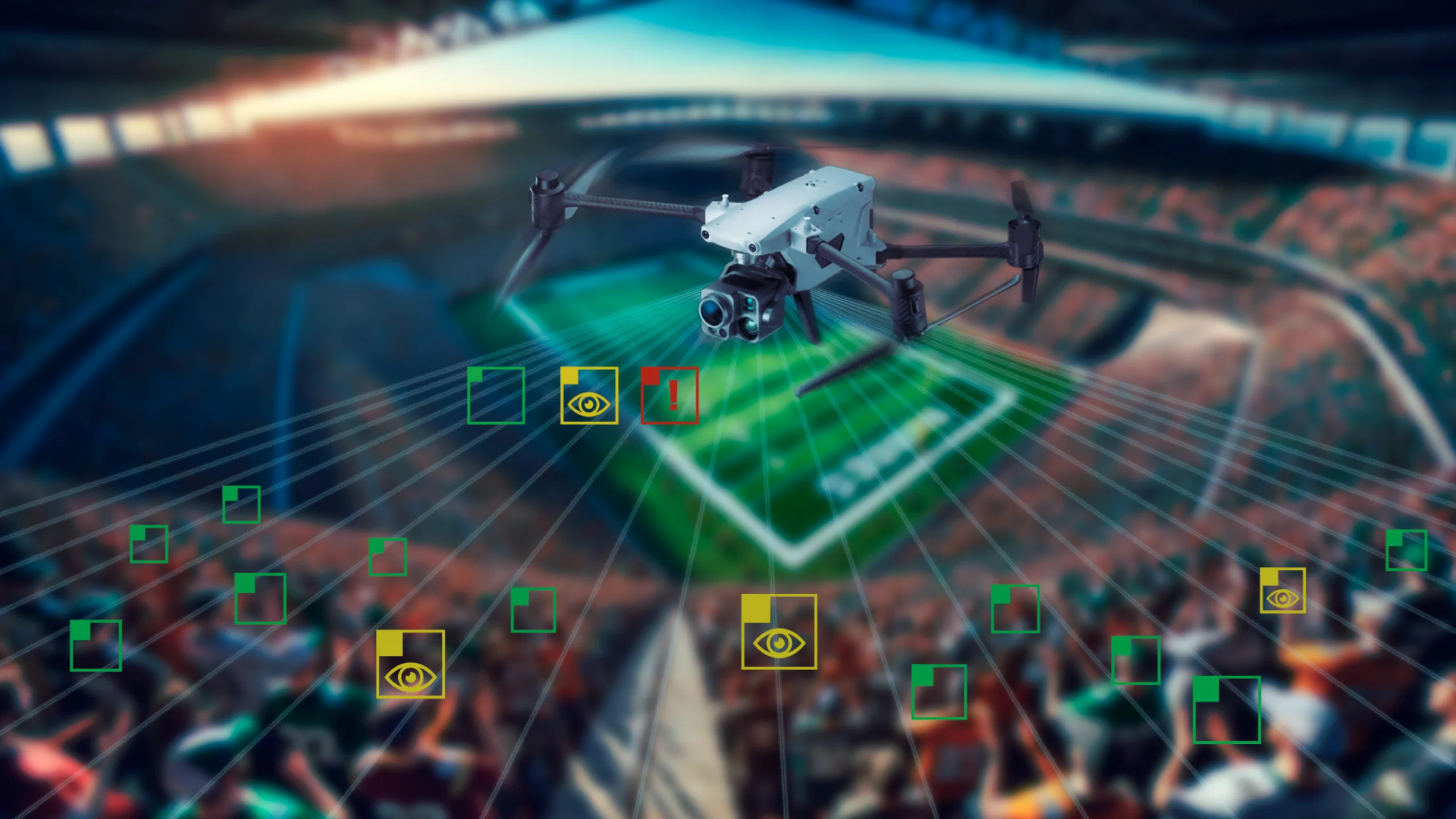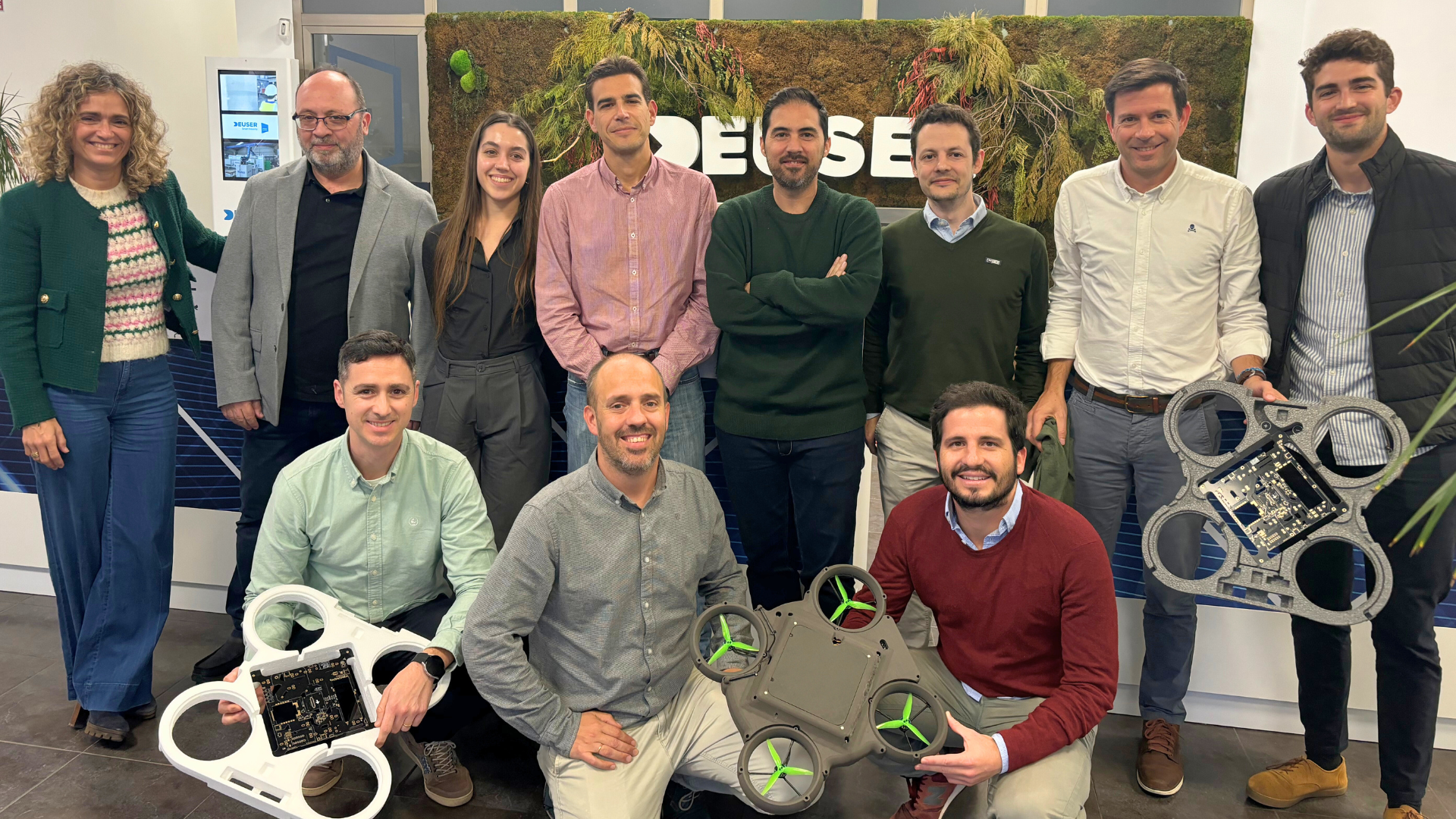The future of drones
Autonomous driving has revolutionised the automotive industry in recent years, but its influence is not limited to roads. Drones, those unmanned aerial vehicles that have conquered the skies, are also undergoing an impressive transformation thanks to autopilot systems. In this article, we explore the exciting future of autonomous drones and how they are transforming operations in many industries.
Delivery drones
One of the most exciting applications for autonomous drones is package delivery. Companies such as Amazon and UPS have already begun experimenting with the technology, and in the future we could see entire fleets of drones delivering packages to our doors quickly and efficiently. Autopilot systems enable these drones to navigate complex delivery routes, avoid obstacles and ensure packages arrive safely and on time.
Infrastructure maintenance
Autonomous drones also play an important role in inspecting and maintaining critical infrastructure. They can fly autonomously along bridges, power lines and other structures to detect signs of wear or damage. This capability not only saves time and money, but also improves safety by eliminating the need for workers to perform dangerous tasks.
Surveillance drones
Autonomous surveillance drones represent a significant advancement in security systems. Equipped with advanced cameras and sensors, they can patrol large areas without human intervention. They can detect intruders, monitor hard-to-reach areas and provide real-time data. Their efficient use improves the protection of critical assets, reduces operating costs and increases the ability to respond to unexpected situations.
Environmental exploration
Drones with autonomous flight capabilities are also changing the way we monitor our planet. Autonomous drones can be used for a variety of missions, such as collecting critical environmental data, studying air quality, or measuring water temperature in remote oceans.
Emergency drones
Equipped with advanced technology, these drones can quickly access hard-to-reach areas to deliver medical supplies, assess damage and support rescue operations. An example of this type of drone is being developed in the Imedcap project, which focuses on the detection, identification, extraction, treatment and evacuation of seriously injured people in a fully autonomous manner.
In conclusion, the future of autonomous drones is promising and exciting. However, ethical and safety challenges must be addressed to ensure that this technology benefits society as a whole. As research and development in this field progresses, we can expect to see a world where autonomous drones play an increasingly important role in our lives and society.















